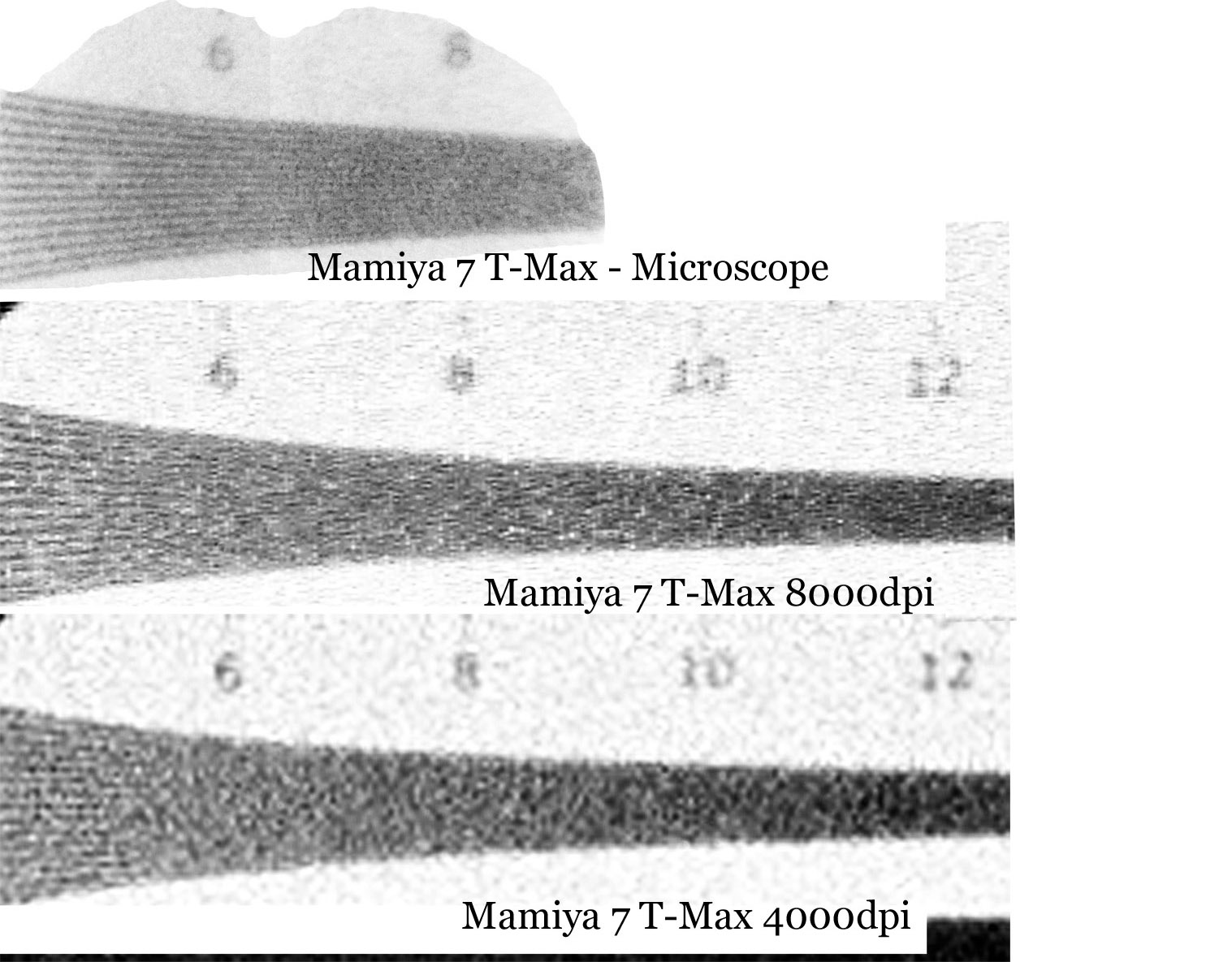Just to be clear - can you tell me what the 'strong artefacts' you are talking about are?The 8000dpi scan of the 4x5 is more contrasty than the 4000dpi. In my view, it also shows more detail, although some of that detail is grain. IN my view, scanning to a level where grain becomes visible is an advantage, since it also shows the true character of the film, but no everybody will agree on that.
What is important is that, since there are strong artifacts on the 8000dpi scan of the Mamiya 7 image, that scan can't be trusted and makes it irrelevant for the comparison. That's a pity, considering all the work that must have gone into this and since for some of us, finding the resolution potential of medium format film gives us an indication of where the limit for our cameras are, at least for the film used in this test.
I'm not sure what you mean by "can't be trusted" - I've now had three 8000dpi scans done and they all show slightly jitter (if this is the artefacts you are talking about).
If you have an 8000dpi scanner or can recommend one where you haven't see slight artefacts at 8000dpi, let me know - I'm quite happy to send the film off again.
As it stands, this is the result that you can be expected to get from your film when scanned - hence trust isn't an issue.
You should only say "can't be trusted" when someone is trying to con you or that they've screwed up something - can you explain if this is your intent?
p.s. The 8000dpi scan of the 4x5 isn't as good as Lenny's scan

